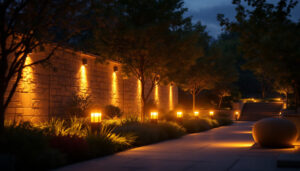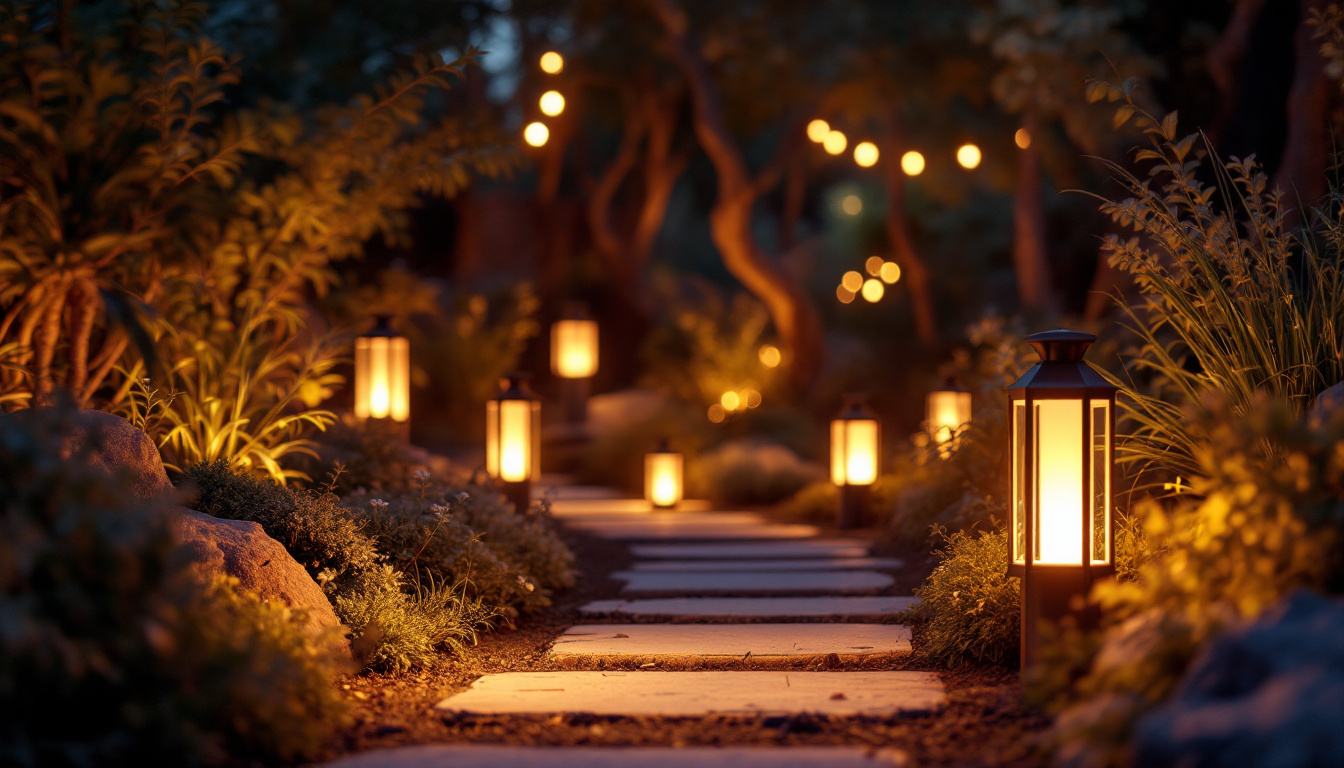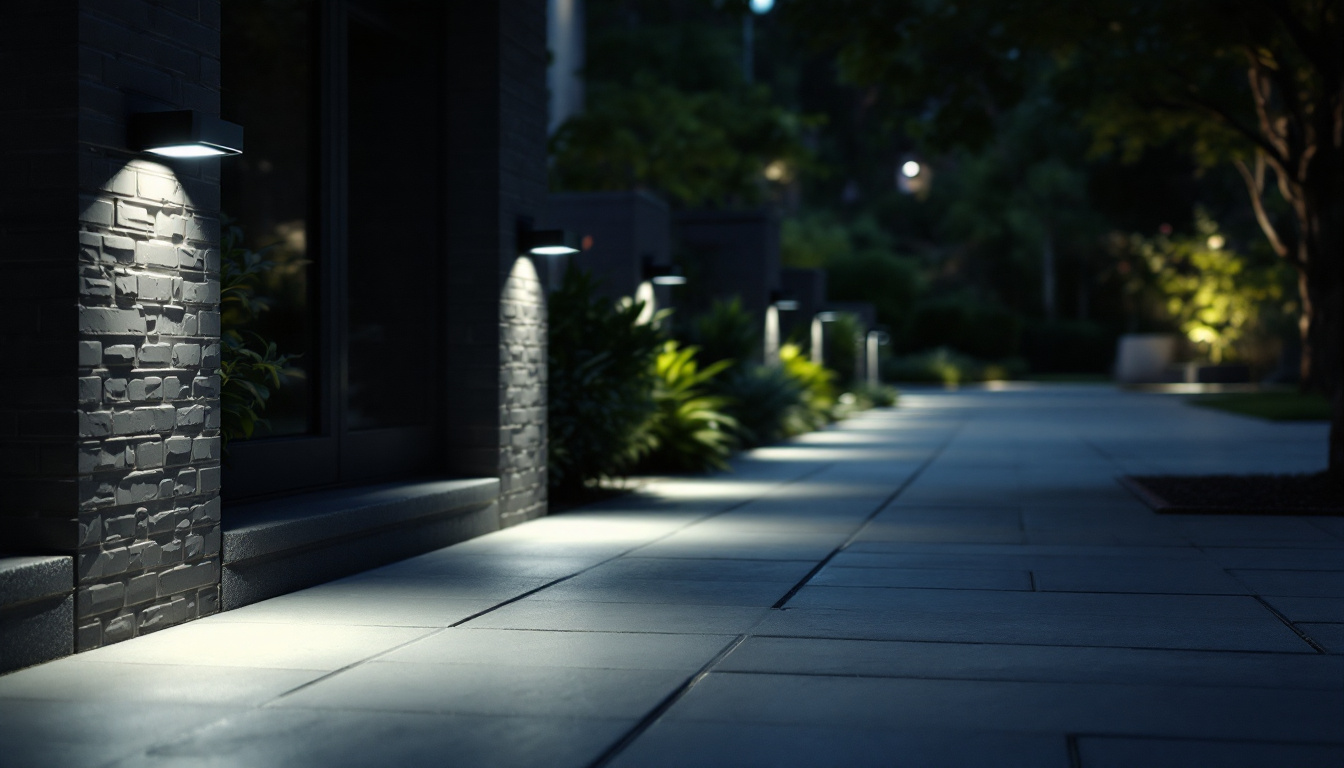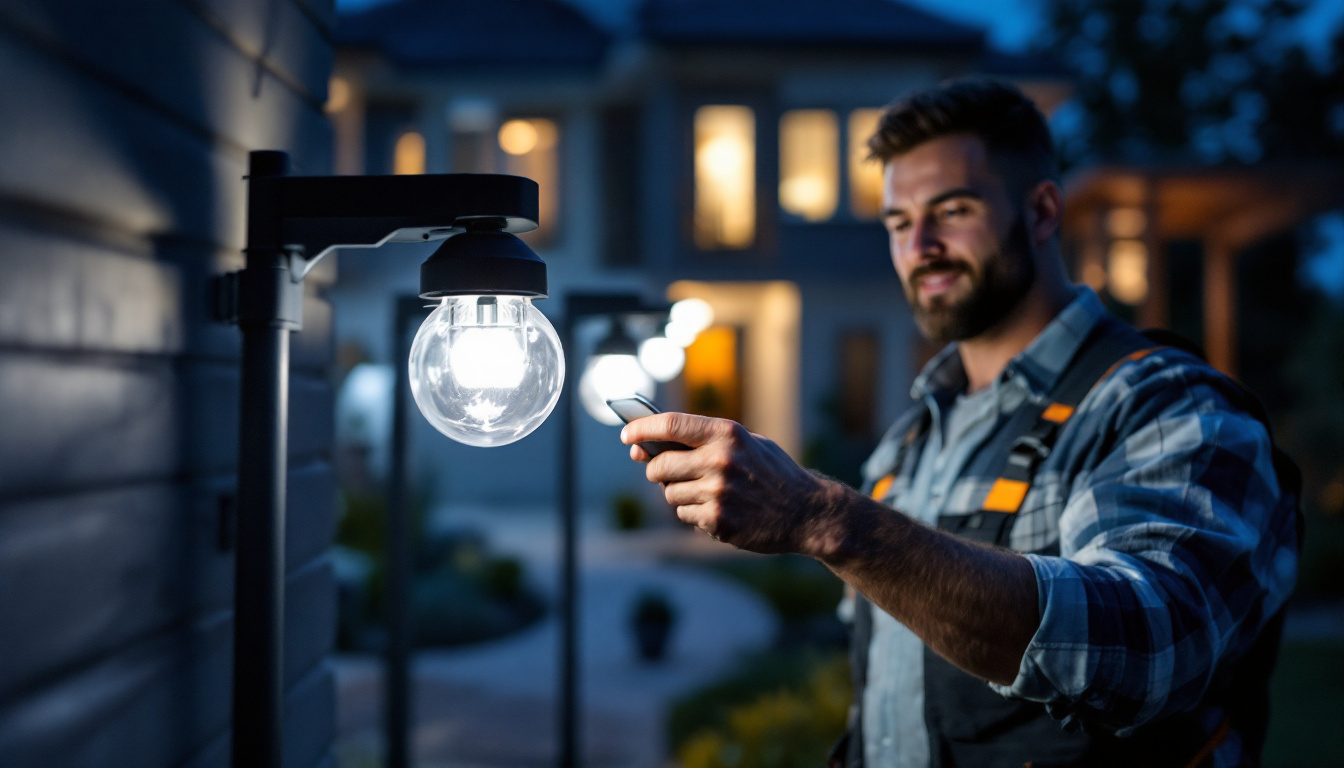

In the evolving landscape of outdoor lighting, LED lanterns have emerged as a popular choice for both residential and commercial projects. Their energy efficiency, longevity, and versatility make them ideal for various applications. For lighting contractors, understanding the nuances of LED outdoor lanterns is crucial for delivering exceptional results to clients. This article explores effective approaches that lighting contractors can adopt when working with LED outdoor lanterns.
Before diving into the practical applications of LED outdoor lanterns, it’s essential to grasp the fundamentals of LED technology. LEDs, or Light Emitting Diodes, are semiconductor devices that emit light when an electric current passes through them. This technology has transformed the lighting industry, offering significant advantages over traditional incandescent and fluorescent bulbs.
One of the most significant benefits of LED lighting is its energy efficiency. LEDs consume significantly less power than traditional light sources, which translates to lower energy bills for clients. This efficiency is particularly beneficial in outdoor settings, where lights may be left on for extended periods. By incorporating LED lanterns into designs, contractors can provide clients with sustainable and cost-effective lighting solutions. Furthermore, the reduced energy consumption of LEDs contributes to lower carbon emissions, making them an environmentally friendly choice. As society increasingly prioritizes sustainability, the adoption of LED technology aligns with the growing demand for eco-conscious products.
LEDs are known for their impressive lifespan, often lasting up to 25,000 hours or more. This durability reduces the frequency of replacements, which can be a major selling point for clients. Additionally, LED lanterns are less susceptible to damage from environmental factors, making them ideal for outdoor applications where weather conditions can be unpredictable. Unlike traditional bulbs that may shatter or fail in extreme temperatures, LEDs are built to withstand the rigors of outdoor environments. Their solid-state construction means they are resistant to shock and vibration, ensuring that they remain functional even in challenging conditions. This resilience not only enhances safety but also reduces maintenance costs over time, allowing clients to enjoy their outdoor spaces without the hassle of frequent lamp changes.
Another compelling aspect of LED technology is the versatility in color quality it offers. LEDs are available in a wide range of color temperatures, from warm white to cool daylight, allowing designers to create the desired ambiance for any outdoor setting. Whether it’s a cozy backyard gathering or a vibrant outdoor event, the ability to choose the right color temperature enhances the overall aesthetic. Moreover, many LED lanterns come with adjustable brightness settings, enabling users to customize the light output according to their needs. This adaptability makes LEDs suitable for various applications, from illuminating pathways to highlighting architectural features, thus providing endless creative possibilities for outdoor lighting design.
When selecting LED outdoor lanterns for a project, design considerations play a crucial role. The aesthetic appeal, functionality, and integration with the surrounding environment are all factors that contractors must take into account.
Outdoor lanterns come in various styles, shapes, and finishes. Whether the project calls for a modern, minimalist look or a more traditional design, there are LED options available to meet these needs. Contractors should consider the architectural style of the property and the landscaping when selecting lanterns to ensure a cohesive look. Additionally, the color temperature of the LED lights can significantly impact the overall ambiance; warmer tones can create a cozy, inviting atmosphere, while cooler tones can lend a more contemporary feel. By carefully choosing the right style and color, contractors can enhance the visual appeal of outdoor spaces, making them more inviting for both residents and guests.
Functionality is another critical aspect of outdoor lantern design. Contractors should assess the specific needs of the space, such as illumination levels, safety, and ambiance. For example, path lighting requires a different approach than accent lighting for garden features. Proper placement of lanterns can enhance visibility and create inviting outdoor spaces. Furthermore, considering the energy efficiency of LED lanterns can lead to long-term savings and sustainability benefits. Many modern LED options come with smart technology features, allowing for programmable settings that can adjust brightness based on time of day or occupancy, thereby optimizing energy use while maintaining safety and aesthetic appeal. This integration of technology not only enhances functionality but also aligns with contemporary design trends that prioritize both efficiency and user experience.
Proper installation is key to maximizing the performance and lifespan of LED outdoor lanterns. Contractors must be familiar with various installation techniques to ensure that the lighting systems function effectively and safely.
LED lanterns often require specific wiring configurations, especially when integrated with smart lighting systems. It is essential to follow the manufacturer’s guidelines for wiring to avoid issues such as flickering or reduced lifespan. Additionally, understanding how to connect lanterns to smart controls can enhance their functionality, allowing for features like dimming and scheduling.
Different mounting options are available for outdoor lanterns, including wall-mounted, post-mounted, and hanging fixtures. Each option has its advantages and should be chosen based on the specific application. For instance, wall-mounted lanterns are ideal for illuminating entryways, while post-mounted options can enhance pathways and driveways.
As technology advances, the integration of smart lighting systems into outdoor lanterns has become increasingly popular. Smart lighting offers contractors the opportunity to provide clients with enhanced control over their outdoor lighting.
Smart lighting systems allow users to control their outdoor lanterns remotely through smartphones or voice-activated devices. This level of control can lead to increased energy savings, as users can turn lights off when not needed or adjust brightness levels based on the time of day. Additionally, smart systems can be programmed to create schedules, ensuring that lights are on only when necessary.
When integrating smart lighting with LED outdoor lanterns, compatibility is key. Contractors should ensure that the selected lanterns are compatible with the chosen smart home system. Installation may involve additional steps, such as setting up a hub or configuring Wi-Fi connections, which should be clearly communicated to clients to manage expectations.
While LED outdoor lanterns are known for their longevity, regular maintenance is still essential to ensure optimal performance. Contractors should educate clients on basic maintenance practices and be prepared to troubleshoot common issues.
Encouraging clients to conduct regular inspections of their outdoor lighting systems can help identify potential issues before they become significant problems. Checking for dirt buildup, loose connections, and signs of wear can prolong the life of the lanterns and maintain their efficiency.
Even with proper maintenance, issues may arise. Common problems include flickering lights, dimming, or complete failure. Contractors should be equipped to diagnose these issues, which may involve checking wiring connections, replacing faulty components, or resetting smart systems. Providing clients with clear troubleshooting steps can enhance their satisfaction and confidence in the lighting system.
Examining successful installations can provide valuable insights for lighting contractors. These case studies highlight various approaches and solutions that have proven effective in different settings.
In a recent residential project, a contractor was tasked with illuminating a sprawling backyard. The client desired a warm and inviting atmosphere for entertaining guests. By selecting a combination of pendant-style LED lanterns and pathway lights, the contractor created a cohesive lighting scheme that enhanced the outdoor space. The use of smart controls allowed the client to adjust the lighting based on the time of day and occasion, demonstrating the versatility of LED solutions.
In a commercial setting, a contractor was approached to enhance the lighting for a restaurant patio. The goal was to create an inviting ambiance while ensuring safety for patrons. The contractor selected dimmable LED lanterns that could be adjusted based on the time of day and occupancy levels. This not only improved the aesthetic appeal of the space but also contributed to energy savings during off-peak hours.
The lighting industry is constantly evolving, and staying ahead of trends is essential for contractors looking to provide cutting-edge solutions. Several emerging trends are shaping the future of LED outdoor lanterns.
As environmental concerns continue to rise, there is an increasing focus on sustainable lighting solutions. Contractors can expect to see more manufacturers prioritizing eco-friendly materials and energy-efficient designs. Offering clients sustainable options not only benefits the environment but can also enhance a contractor’s reputation as a forward-thinking professional.
Smart technology is expected to become even more integrated into outdoor lighting solutions. Features such as motion sensors, adaptive lighting, and integration with home automation systems will likely become standard. Contractors should stay informed about these advancements to provide clients with the most innovative solutions available.
LED outdoor lanterns represent a significant opportunity for lighting contractors to deliver high-quality, efficient, and aesthetically pleasing lighting solutions. By understanding the technology, design considerations, installation techniques, and emerging trends, contractors can position themselves as experts in the field. Embracing these approaches not only enhances client satisfaction but also contributes to the growth and success of a lighting contracting business.
Ready to elevate your lighting projects with the efficiency and elegance of LED outdoor lanterns? At LumenWholesale, we provide lighting contractors like you with the highest quality, spec-grade lighting products at prices that can’t be beaten. Say goodbye to unnecessary markups and hello to a vast selection of reliable lighting that meets the most rigorous industry standards. With free shipping on bulk orders, you can stock up on premium lighting solutions and pass the savings onto your clients. Don’t compromise on quality or value; click to explore our collection and secure the best wholesale lighting deals for your next project.

Discover the transformative impact of motion sensing lights in modern lighting installations.

Discover the transformative power of LED lamps in warehouses with our comprehensive guide.

Discover how the innovative “Solar Light Lost or No Remote” technology is revolutionizing the lighting industry for contractors.

Discover the essential guide for lighting contractors on selecting the perfect fluorescent light ballast.
Get notified when NEW deals are released.
Optimize your budget with wholesale discounts.
Only top-quality, specification-grade lighting products.
No additional costs at checkout - what you see is what you pay.
We understand the unique needs of contractors.